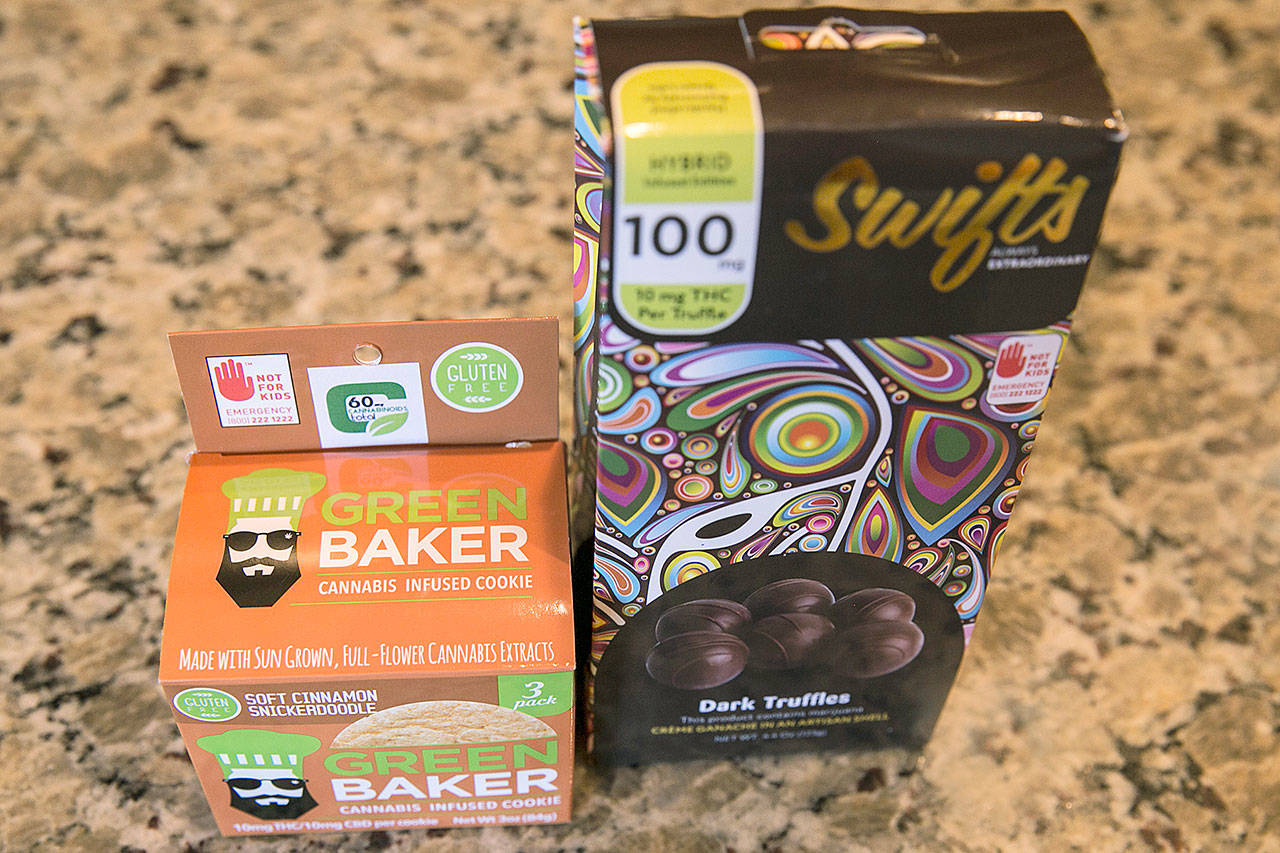By Eddie Espanol, MD, MultiCare/For the Reporter
Ever since the first recreational marijuana stores opened in Washington in 2014, toxic exposure to the drug by children has increased more than twofold, with 378 cases last year, according to Washington Poison Center.
In Pierce County, toxic exposure climbed from 33 cases in 2016 to 42 in 2017, second only to King County, which increased from 76 to 116 cases.
Marijuana is a plant containing psychoactive substances that can be used for medical or recreational purposes. Voters legalized it for medical use in 1998, and it has since helped improve daily living and functioning for people with a plethora of medical conditions, such as cancer, chronic pain, seizures, HIV, hepatitis C, Crohn’s disease, cachexia, spasticity and others.
Since the passage of Initiative 502 in 2012 and subsequent opening of recreational marijuana stores in 2014, pot has become ubiquitous in the state of Washington. With increased access and consumption of marijuana for adults, children have also become more exposed to the drug.
When children ingest pot, they may experience symptoms such as poor balance, irritability, sleepiness or increased appetite. Smaller children ages 1-3 are at greater risk of toxic exposure because of their size and weight.
Children are known for their inherent curiosity, which leads to toxicity from a variety of substances, not just marijuana. Many toddlers will put almost anything in their mouth. The top toxic products ingested (accidentally or intentionally) by children in 2017 are cosmetics and personal care products, cleaning substances, analgesics and foreign bodies. Most recently, Tide Pods became a national phenomenon, with children and teens trying to swallow the pods because of their attractive appearance.
Similarly, pot from recreational stores often comes in attractive packaging, especially “edible” formulations. As many know, marijuana can be consumed by smoking, but it can also be consumed as a baked good or candy. Pot can be put in baked goods such as cakes, cookies or brownies or processed into candy like lollipops, gummies and chocolate, then packaged into colorful, shiny wrappers similar to popular commercial treats.
With increasing exposure and toxic ingestions by children, it’s even more important to be safe with marijuana. In any form, whether baked goods, candy, oils or plants, it should be treated as any other drug or medicine and kept out of the reach of children.
What can you do to keep children safe?
Erin Summa, from the Mary Bridge Center for Childhood Safety, recommends a lock box or locking medicine bottle. You can find them online or in local hardware stores.
“Consider purchasing a medication lock box or locking medicine bottle,” Summa said. “If there is marijuana in the home, the best way to reduce accidental ingestion by a child is to keep it locked up.”
If a child is witnessed (or suspected of) ingesting marijuana and has symptoms, call Poison Control at 1-800-222-1222.
Eddie Espanol, MD, is a board-certified addiction medicine and family medicine physician who practices at MultiCare Tacoma Central Family Medicine. MultiCare is a not-for-profit health care organization with more than 18,000 employees, providers and volunteers.


